
CJTF-HOA expands combat lifesaving skills training to joint service members
The U.S. Army Combat Lifesaver Course (CLC) is intended to bridge first aid training – self aid and buddy care — and the medical training of combat medics.
"I think that this course is important for anyone to have, since you never know what’s going to happen and this course could actually save someone’s life,” said U.S. Air Force Staff Sgt. Christopher Faucette, CJTF-HOA Logistics transportation motor pool. "There’s a certain understanding in the joint environment that everybody knows what they’re doing as it pertains to their field. The hardest part is learning from each other, so that we are all working together – this course helps with that.”
While not a prerequisite, the Army medics open the course to all military branches here. This falls in line with the current practice of Army medics, Air Force medics and Navy corpsmen all attending their technical training at Fort Sam Houston, San Antonio, Texas. So, while operating in East Africa, the joint-force approach taken by the combat lifesavers here could be seen as a force multiplier.
"Every branch has something a little bit different to offer because they function in different environments; but combining them here leads to a shared experience,” said U.S. Army Staff Sgt. Philip Canafax CJTF-HOA medic and course instructor. "Merging the diverse backgrounds while operating with similar training and guidance, is what can strengthen movements in a joint environment like this one.”
The U.S. Army medics deployed here schedule the training quarterly or more in order to ensure that members gain or remain fully-qualified combat lifesavers.
"The advantage here is ensuring that everyone here is trained to the same level because you don’t always have just Soldiers that go out on patrol; you have Marines, you have Airmen, and Navy personnel, " said U.S. Army Staff Sgt. Crystal Velasquez, CJTF-HOA medic and lead CLC instructor.
The five-day course consists of 40 hours of blended classroom and hands-on training given by certified combat medics. On the final day, students take a written exam. After the exam, they are taken outside to perform mock scenarios as a culminating experience. Upon successful completion of the course, the member is certified for one year and an annual recertification is required.
"In the environment we’re in today, you never know when you’re going to get hit, who’s going to get hit or how they’re going to get hit,” said Velasquez. "If we work off of statistics, proven medical practices and train everyone across the board the same way, then regardless of the branch, a life can be saved.”
A part of CJTF-HOA’s mission is to be prepared to execute or provide support to crises in order to protect U.S. military, diplomatic and civilian facilities and interest. The course taught by the U.S. Army medics here helps promote accomplishing that mission.
Velasquez’s clearly stated on how the course and mission are connected.
"The goal is simple: save lives.”
Source-www.hoa.africom.mil
Leave a comment
| Copyright © 2009 - 2024 Sunatimes News Agency All Rights Reserved. |
| Home | About Us | Diinta | Reports | Latest News | Featured Items | Articles | Suna Radio | Suna TV | Contact Us |
 0
0 
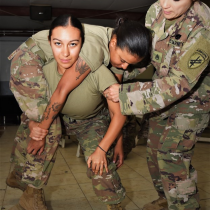


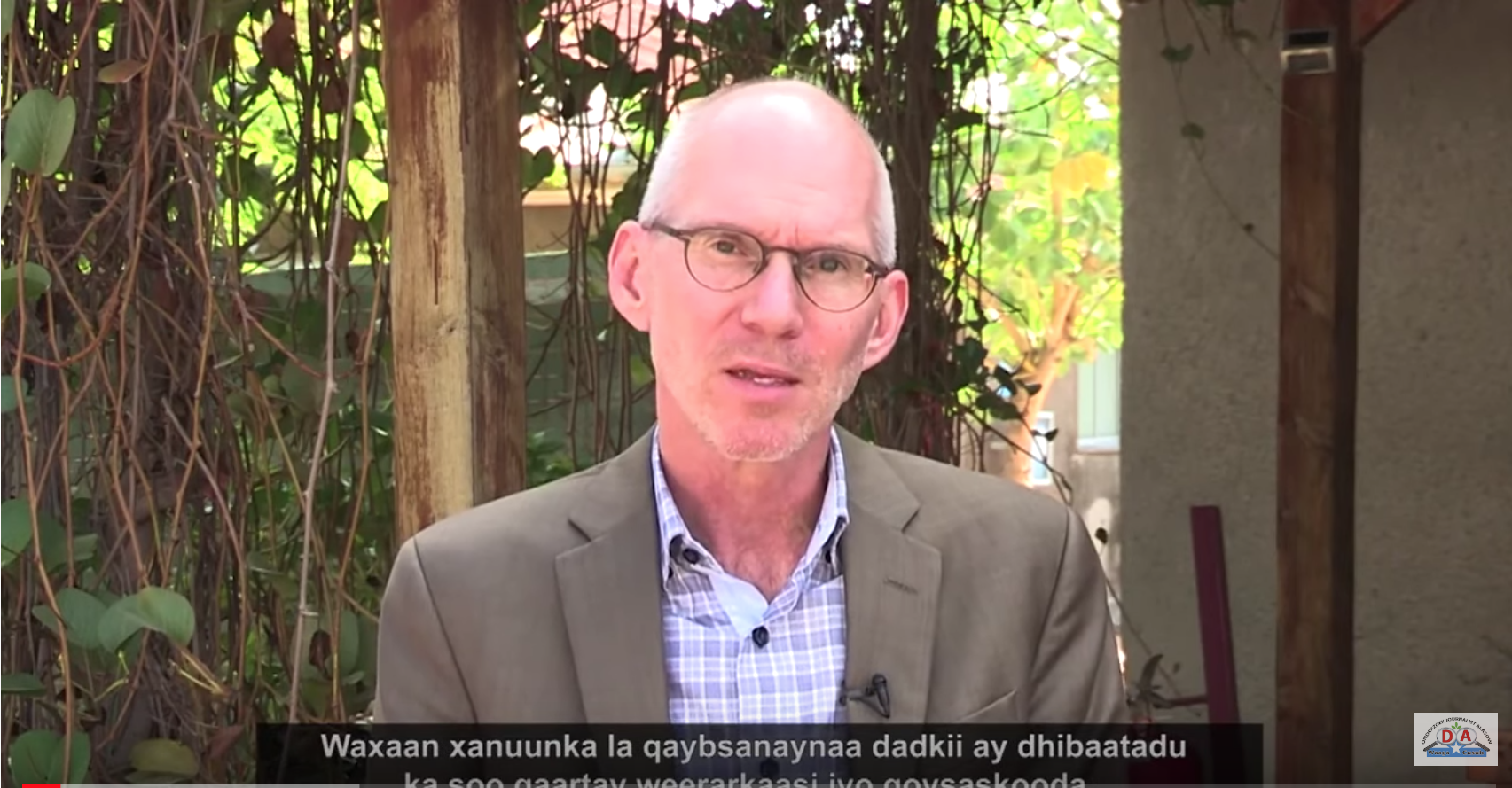
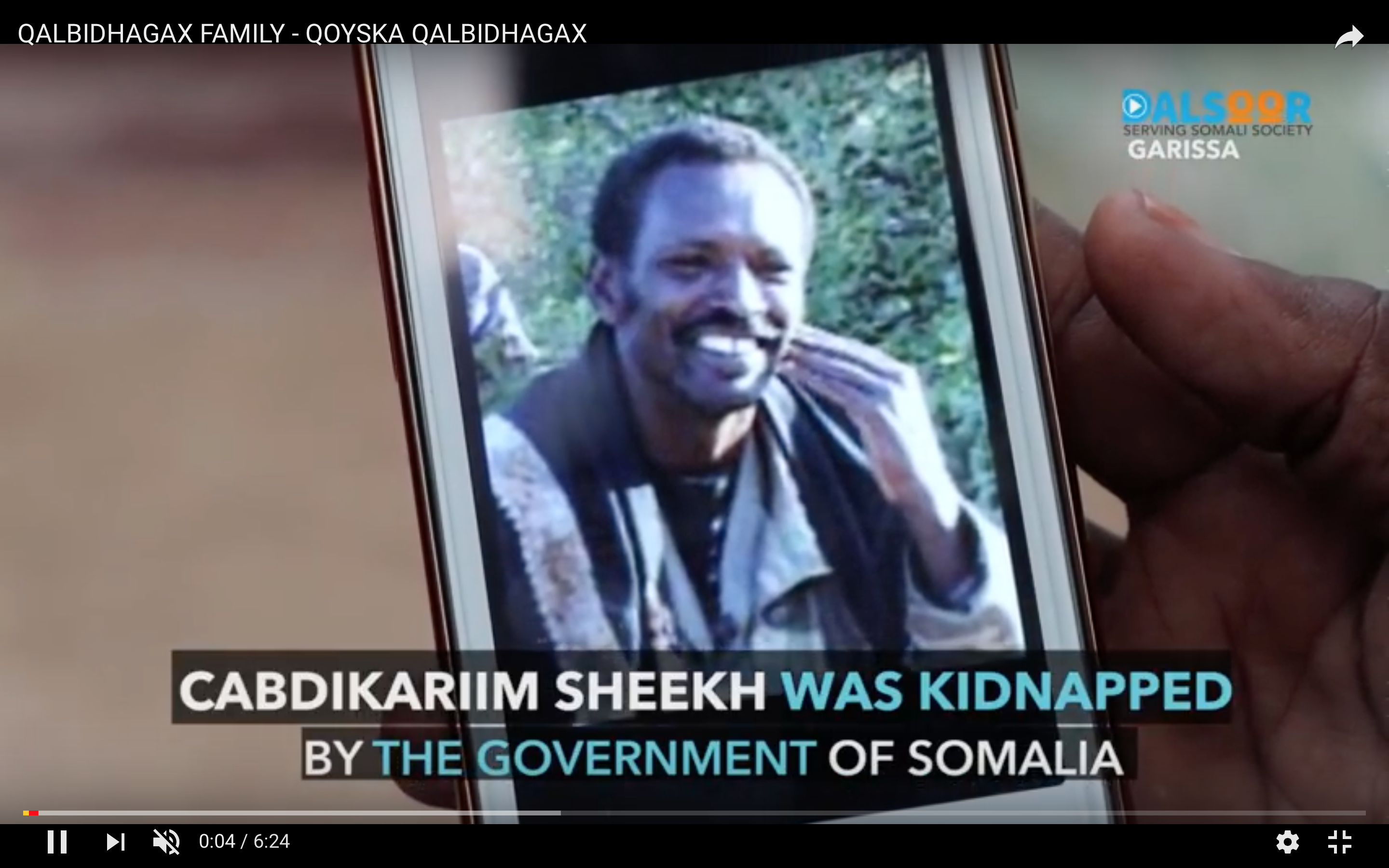
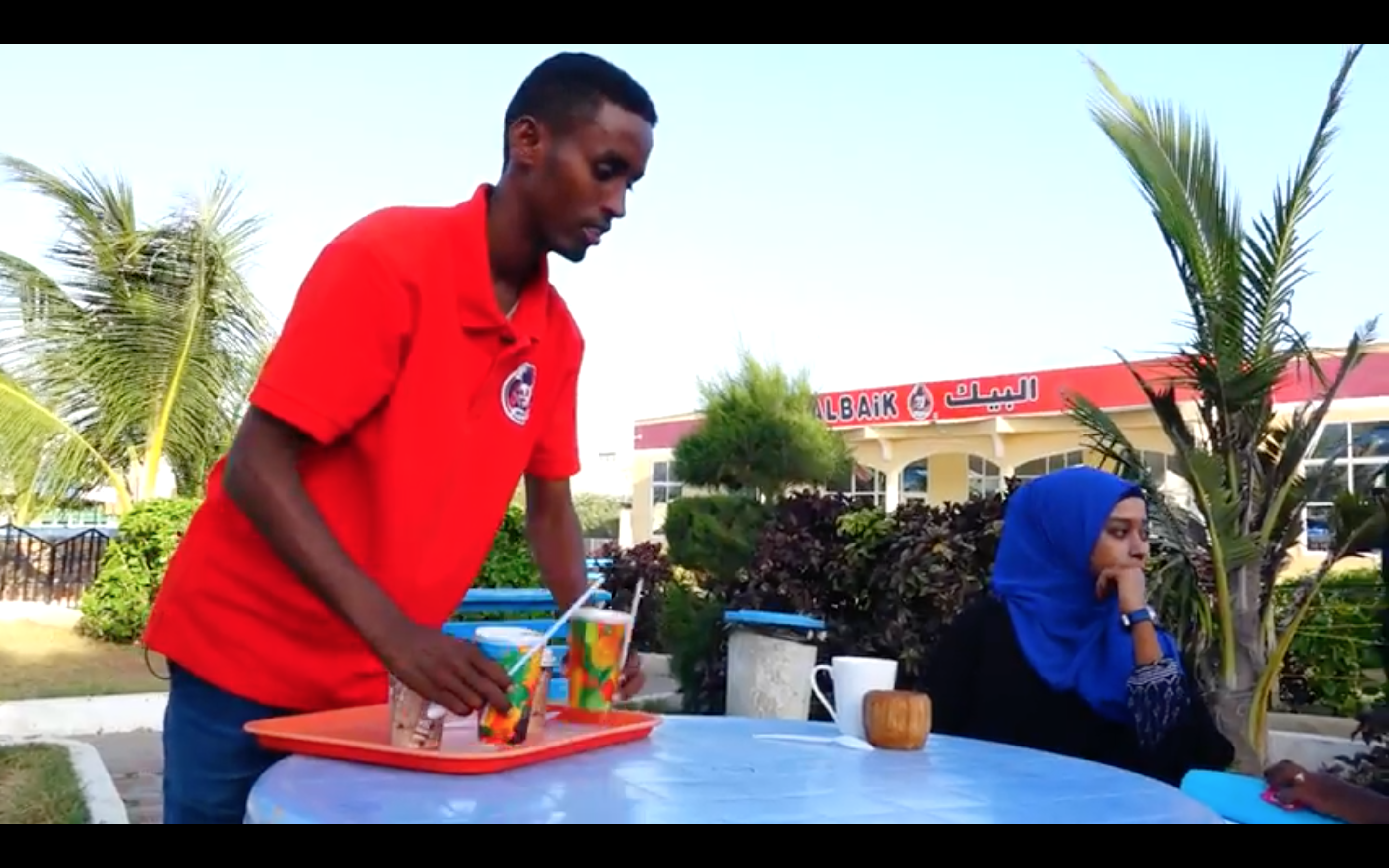

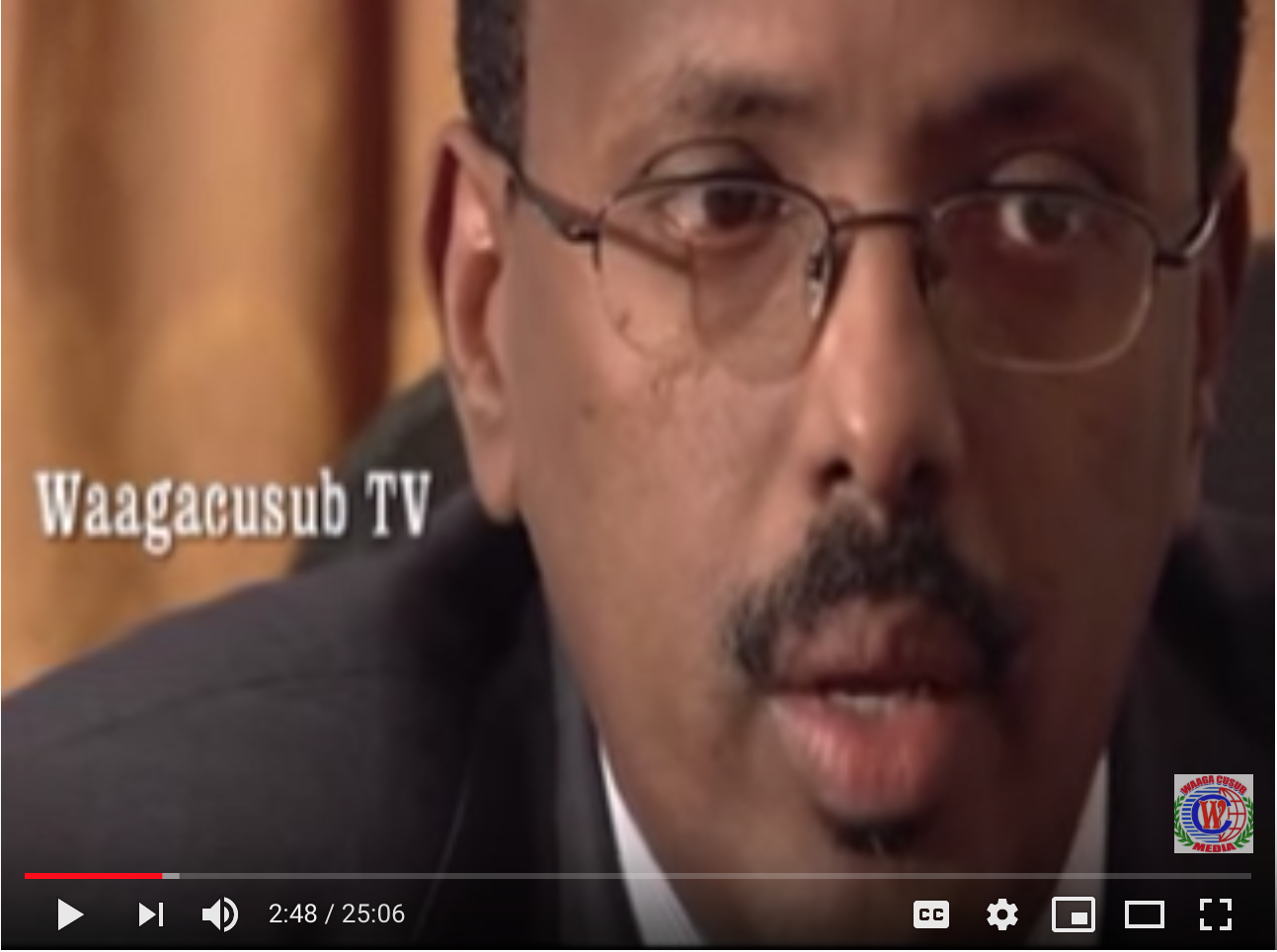

CJTF-HOA expands combat lifesaving skills training to joint service members
The Combined Joint Task Force – Horn of Africa 443rd Civil Affairs Battalion Functional Specialty Group medics here instructed Soldiers, Sailors and Airmen during a weeklong causality-care course, Sept. 11-15.